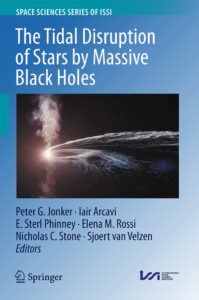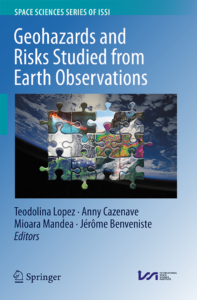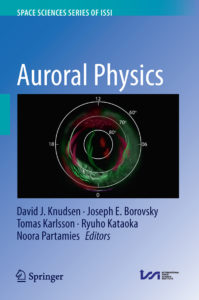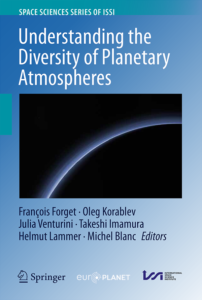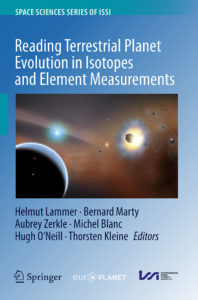Volume 76 in the Space Science Series of ISSI
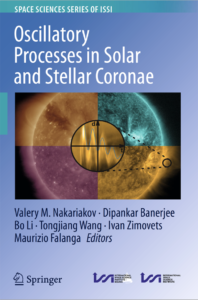 The volume presents a broad and in-depth overview of recent achievements and the current state of research in magnetohydrodynamic (MHD) oscillatory and wave phenomena in the coronae of the Sun and stars. Major progress in coronal wave studies has been achieved thanks to the combination of high-precision multi-wavelength observations with spaceborne and ground-based facilities, elaborated theory of the interaction of MHD waves with plasma non-uniformities, state-of-the-art numerical simulations, and novel data analysis techniques. It has allowed the research community to reach a new look at the role played by MHD wave processes in the enigmatic phenomena of coronal plasma heating and wind acceleration as well as powerful energy releases such as flares and coronal mass ejections. In addition, the waves are intensively used as natural probes in the remote diagnostics of the coronal plasma parameters and physical processes operating in solar and stellar coronae via the method of MHD seismology. Individual chapters cover recent cutting-edge results obtained on the analysis and theoretical modelling of several most intensively studied coronal MHD wave phenomena, namely, kink and sausage oscillations of coronal loops and other field-aligned plasma structures, plus running and standing slow magnetoacoustic waves. A dedicated chapter assesses the reliability of proposed theoretical mechanisms for heating of the coronal plasma by MHD waves. Another chapter summarizes the current state of our understanding of the physical mechanisms and observational properties of quasi-periodic pulsations in solar flares, considers their analogy with similar processes detected in stellar flares, and thus establishes solid ground for the further exploitation of the solar-stellar analogy. An important discussion of novel data analysis techniques designed recently for MHD seismology applications is presented in a devoted chapter. The direction of future advances in the designated research areas are discussed.
The volume presents a broad and in-depth overview of recent achievements and the current state of research in magnetohydrodynamic (MHD) oscillatory and wave phenomena in the coronae of the Sun and stars. Major progress in coronal wave studies has been achieved thanks to the combination of high-precision multi-wavelength observations with spaceborne and ground-based facilities, elaborated theory of the interaction of MHD waves with plasma non-uniformities, state-of-the-art numerical simulations, and novel data analysis techniques. It has allowed the research community to reach a new look at the role played by MHD wave processes in the enigmatic phenomena of coronal plasma heating and wind acceleration as well as powerful energy releases such as flares and coronal mass ejections. In addition, the waves are intensively used as natural probes in the remote diagnostics of the coronal plasma parameters and physical processes operating in solar and stellar coronae via the method of MHD seismology. Individual chapters cover recent cutting-edge results obtained on the analysis and theoretical modelling of several most intensively studied coronal MHD wave phenomena, namely, kink and sausage oscillations of coronal loops and other field-aligned plasma structures, plus running and standing slow magnetoacoustic waves. A dedicated chapter assesses the reliability of proposed theoretical mechanisms for heating of the coronal plasma by MHD waves. Another chapter summarizes the current state of our understanding of the physical mechanisms and observational properties of quasi-periodic pulsations in solar flares, considers their analogy with similar processes detected in stellar flares, and thus establishes solid ground for the further exploitation of the solar-stellar analogy. An important discussion of novel data analysis techniques designed recently for MHD seismology applications is presented in a devoted chapter. The direction of future advances in the designated research areas are discussed.
This volume presents results from a workshop held at the International Space Science Institute in Beijing (ISSI-BJ) on 14–19 October 2019.

